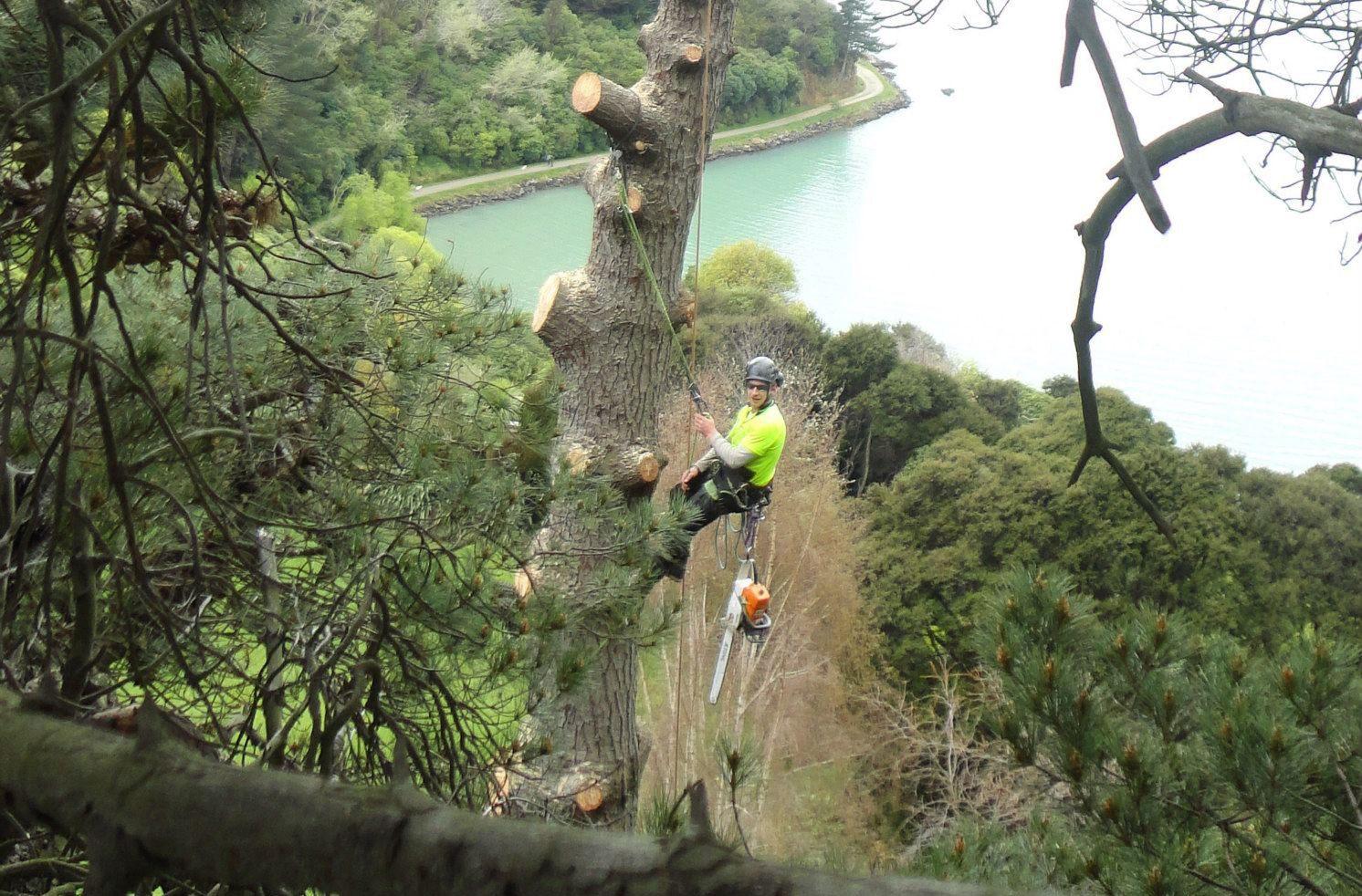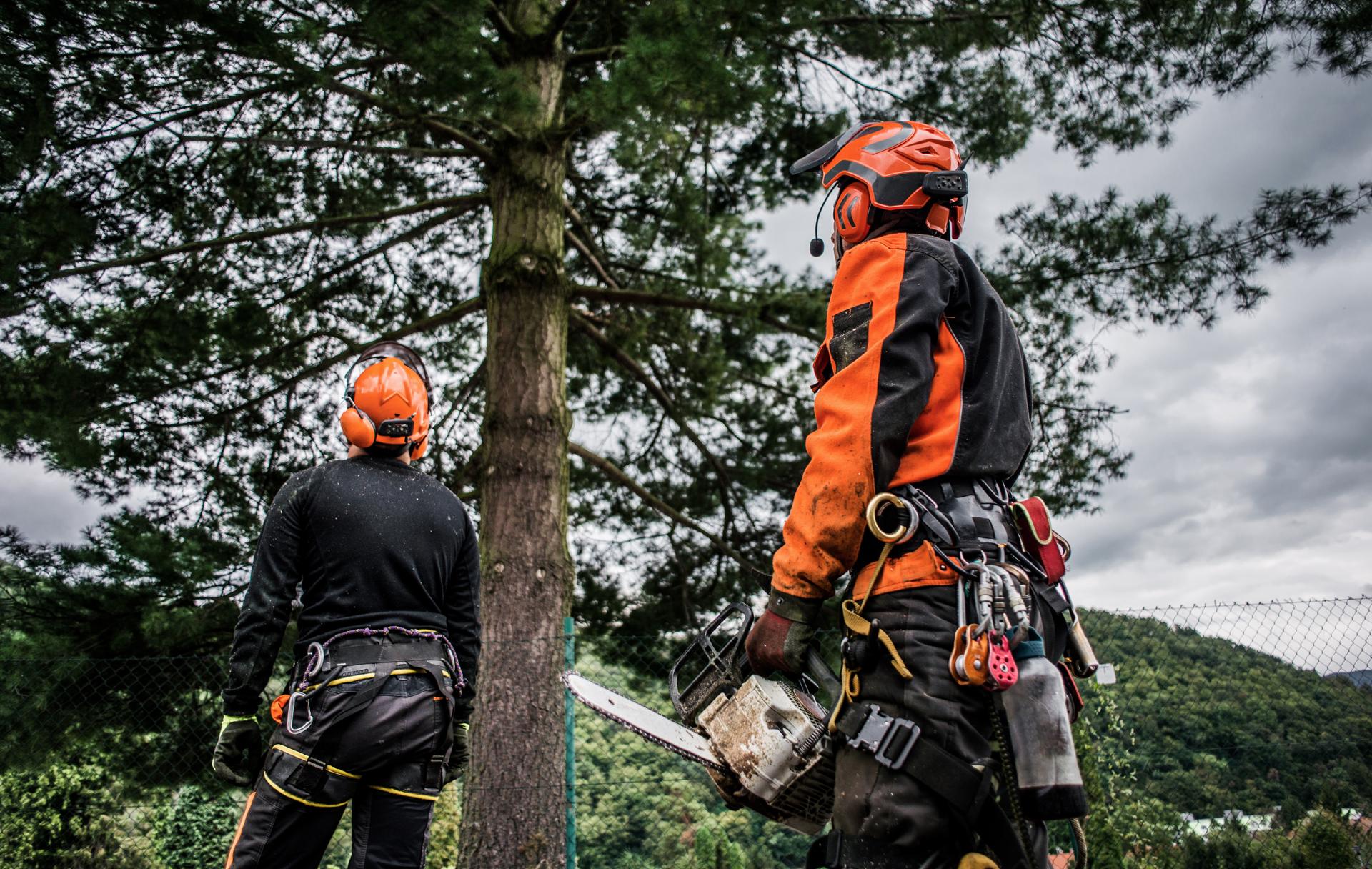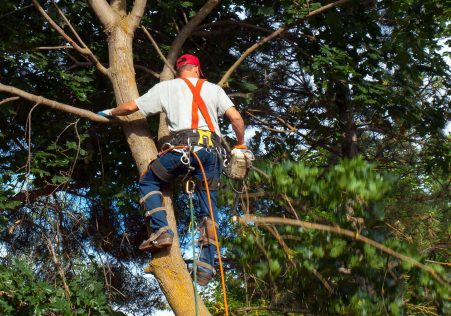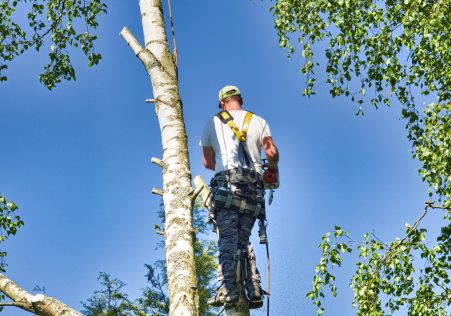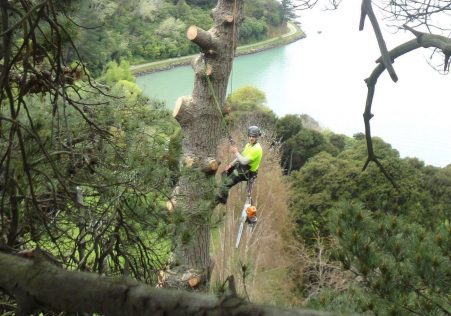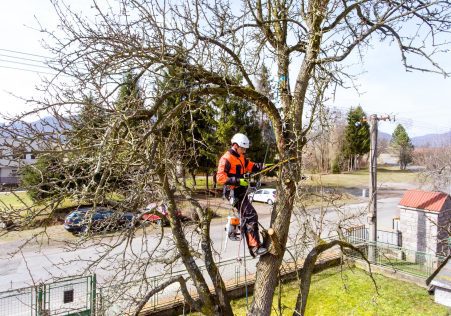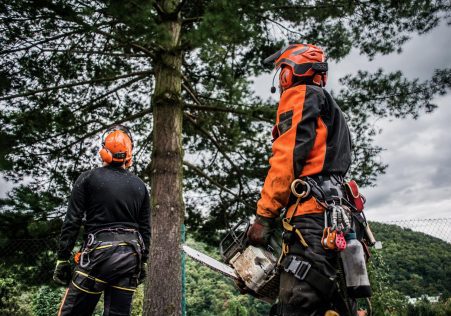The Surprisingly Longevity of Tree Roots After cutting them down

Tree removal is a necessary task for homeowners, but it’s not as simple as cutting down the branches and leaving the root to decompose. Knowing the life span of tree roots is crucial for ensuring that the removal process is carried out properly and safely. In this article, we will explore the length of time that tree roots live after a tree is removed and address many of the frequently-asked questions regarding this subject.
How long will tree roots last after cutting them down?
The lifespan of the tree’s roots after it has been cut down could vary widely based on the species of the tree being cut down, size of the root, and the environmental conditions. It is generally possible to conclude that tree roots will remain alive for a long time after the tree is removed. This is due to the fact that the roots remain capable of absorbing water and nutrients from the soil, regardless of whether the tree is removed.
Factors that Affect the Longevity of Tree Roots
There are several variables that affect the life span of tree roots after a tree is removed. Some of these include the species of trees There are certain species of trees that contain roots that are resilient and last longer than other species. For instance the oak tree’s roots are known to live for several decades after the tree has been cut down. Size of roots The more extensive the tree’s root system, the longer they will likely remain after the tree is removed. This is because larger roots have a greater capacity to absorb nutrients and moisture from the soil. Conditions in the soil: The type, temperature, and the level of moisture in the area that trees were removed can influence the lifespan and longevity of roots. When the soil becomes dry, compacted and degraded, the roots will decompose faster. When the soil remains moist and well-drained it will be longer lasting for the roots.
What Happens to Tree Roots After cutting them down?
If a tree is cut down the roots slowly begin to decompose. This process can take several years, depending on the factors mentioned above. In this period the roots slowly let nutrients into soil, which can be beneficial for other plants within the region. Once the roots have fully decayed, they’ll no longer be a danger to surrounding structures or landscapes.
FAQs:
Can tree roots regrow after being cut down?
No, tree roots cannot regrow after a tree has been cut down. Once the roots have been removed, they will gradually begin to decompose and will not be able to regrowing.
Are tree roots able to continue to grow after cutting them down?
The roots of trees will not continue to grow after a tree has been removed. However, they’ll remain alive for a number of years because they’re still capable of taking in nutrients and moisture in the soil.
Do tree roots continue to spread after the tree has been cut down?
No, tree roots aren’t going to continue spreading after a tree has been removed. Once the tree has been taken down, the roots will slowly begin to decompose and will cease to pose a threat to the surrounding landscapes or structures.
Conclusion:
In conclusion, the duration of tree roots following the tree is cut down can vary greatly dependent on a variety of factors. Knowing the duration the tree’s roots can last is vital to ensure that the removal process is done properly and safely. If you have trees that need removal, it’s always best to hire an expert Local Tree Removal Brisbane arborist to carry out the job. Our highly-trained and experienced arborists have the necessary equipment and experience to safely and efficiently remove trees and resolve any concerns regarding the longevity that the tree’s roots. Contact us now at 1300 257 379 to schedule a consultation and find out the details about our services for tree removal in Brisbane. Don’t risk damaging your property or putting yourself in danger by attempting to remove a tree on your own. Let the experts from Local Tree Removal Brisbane handle all of your tree removal requirements.

